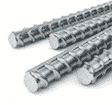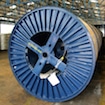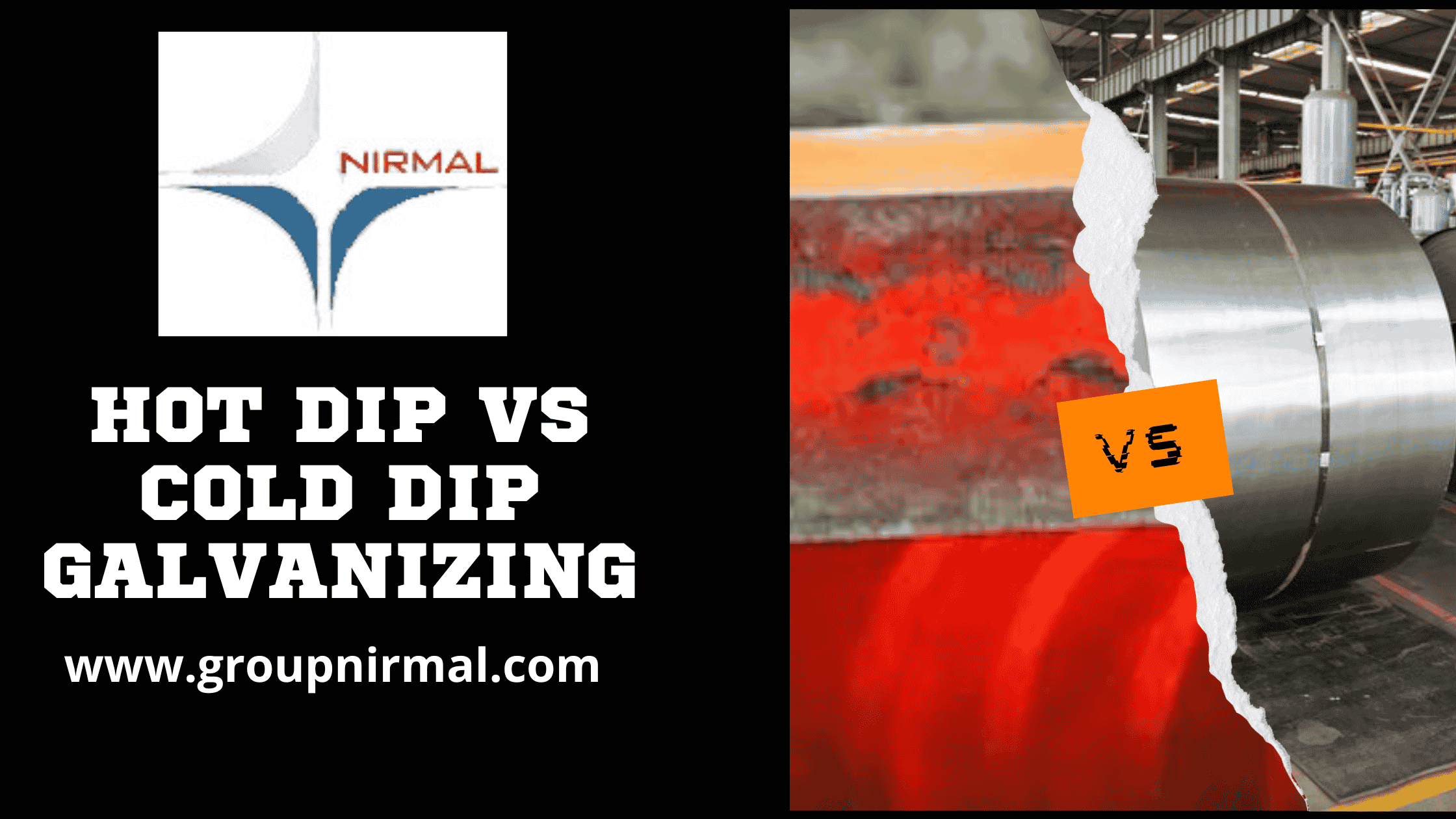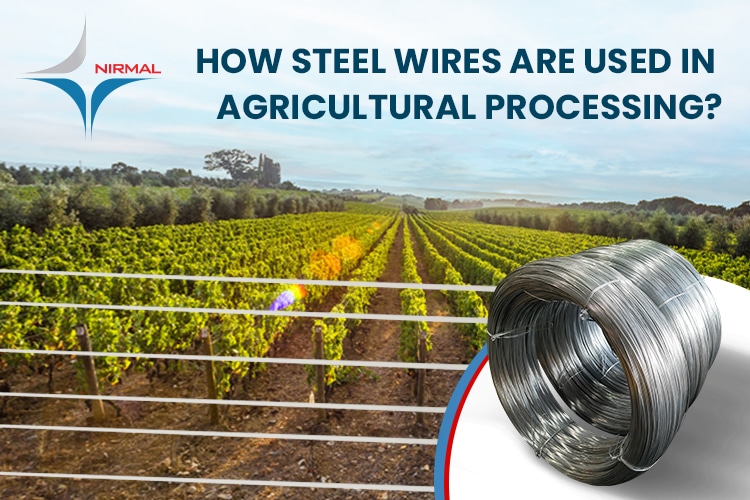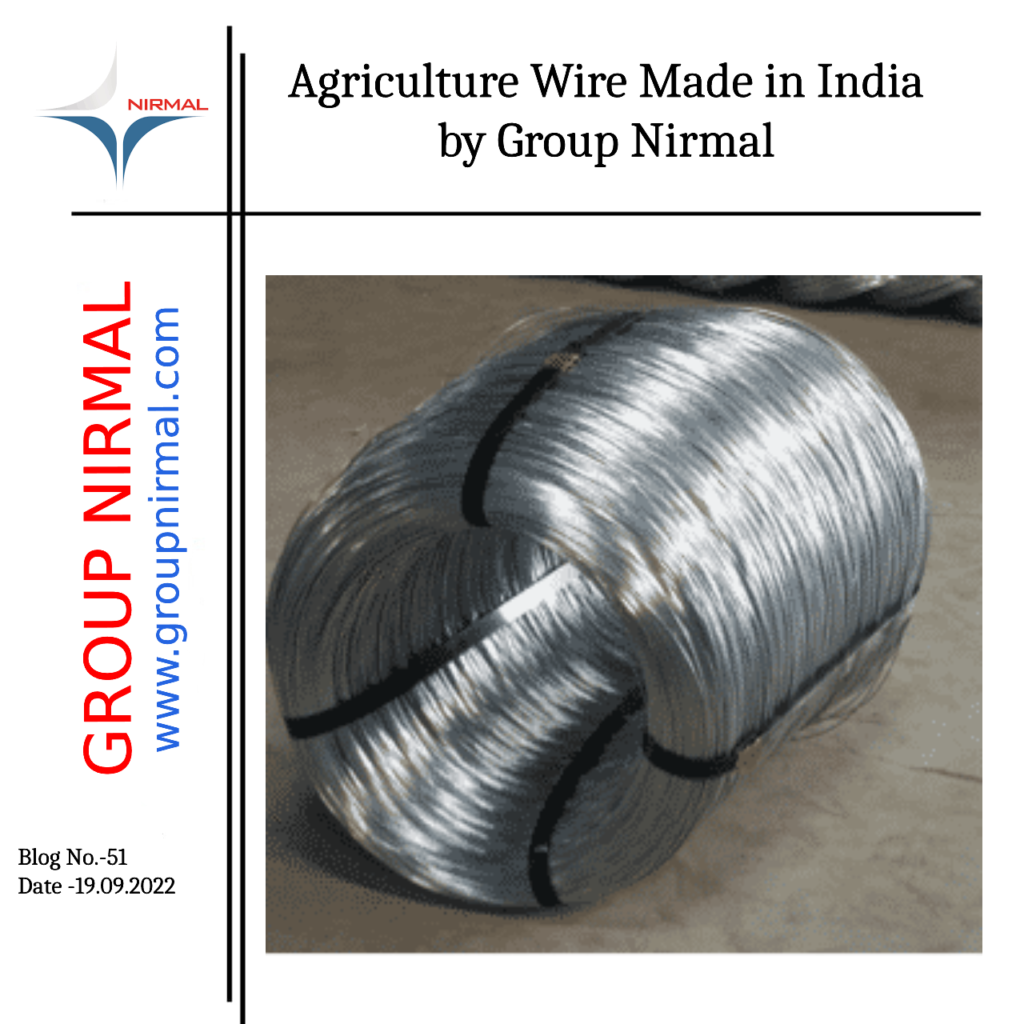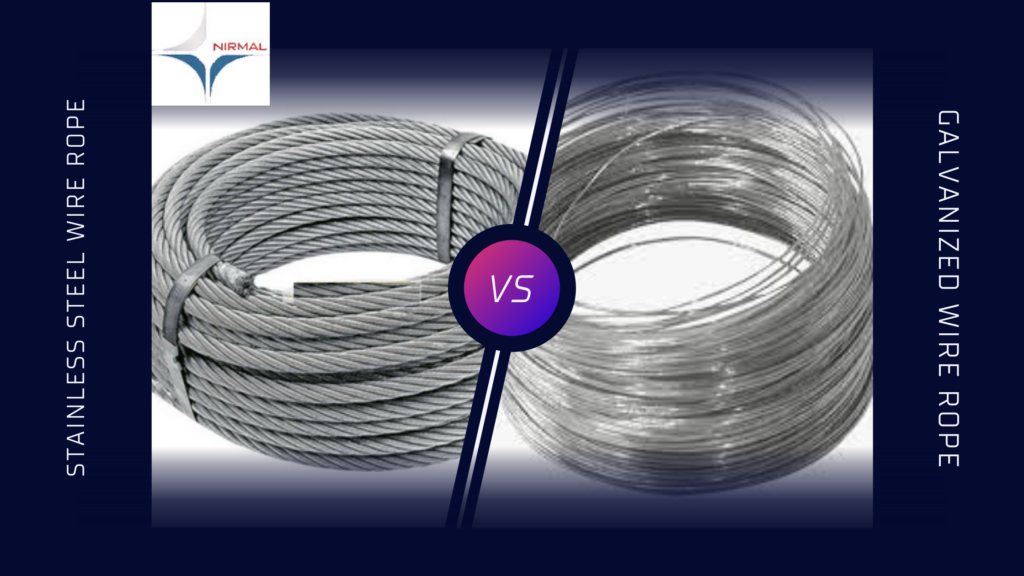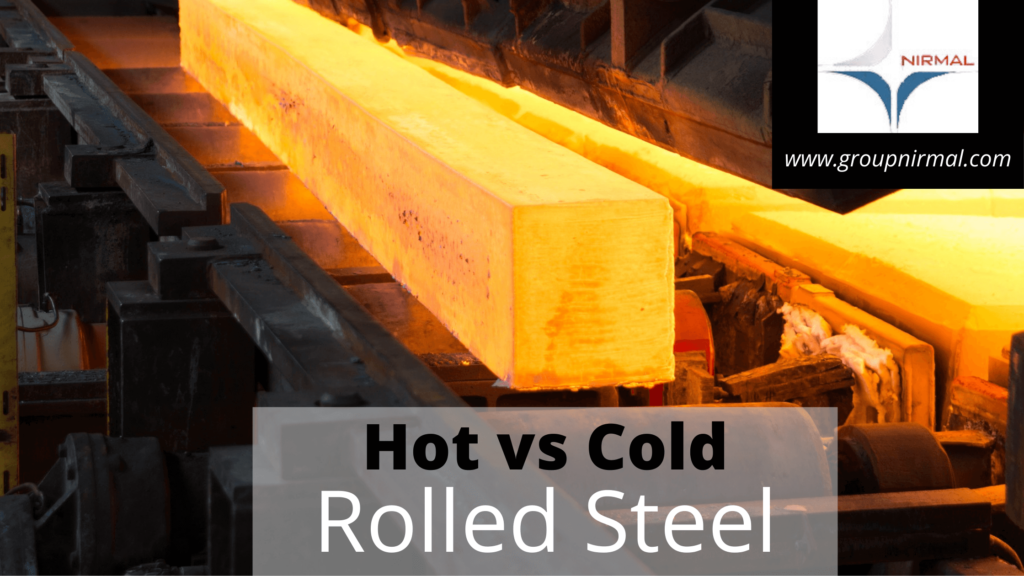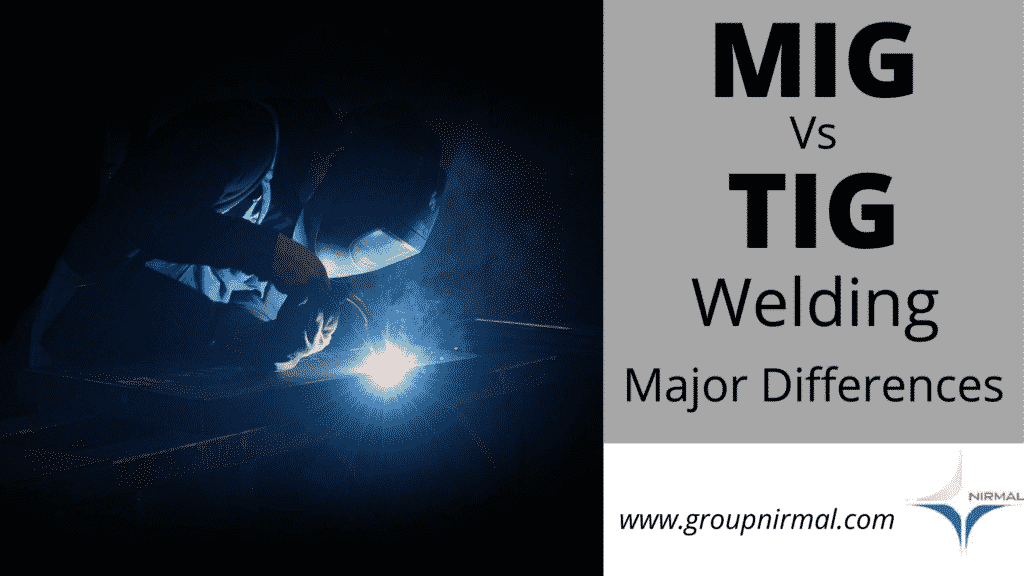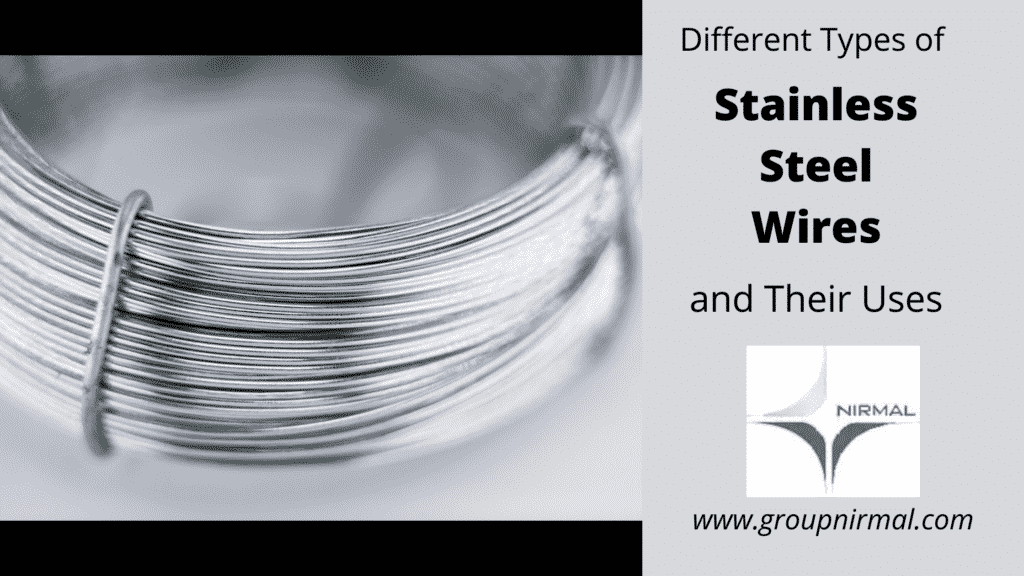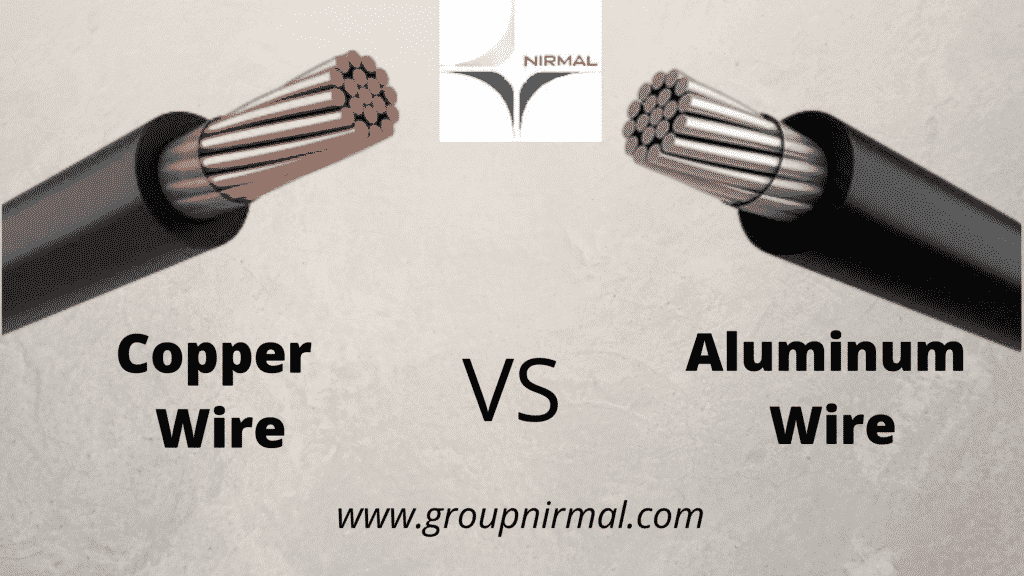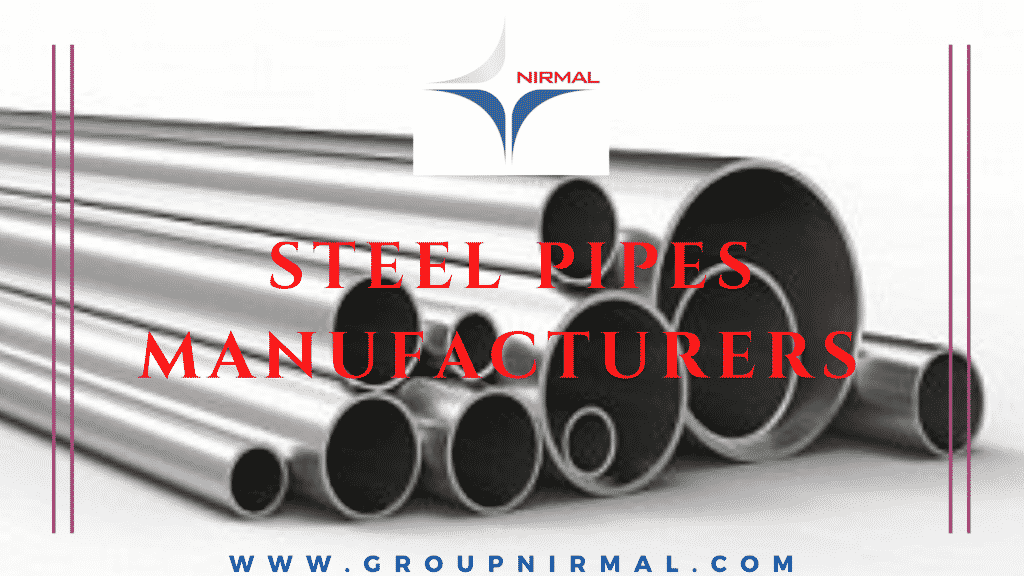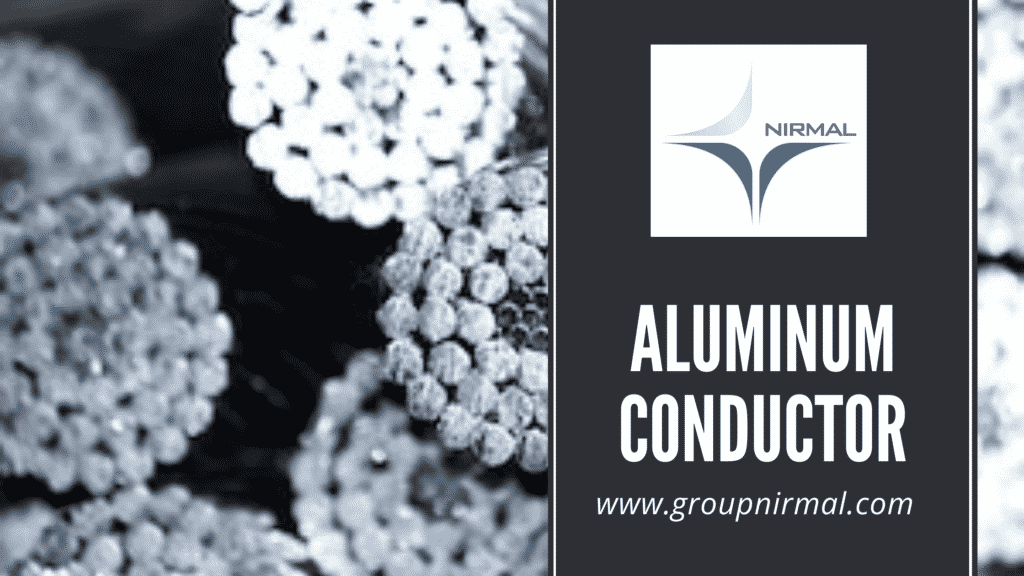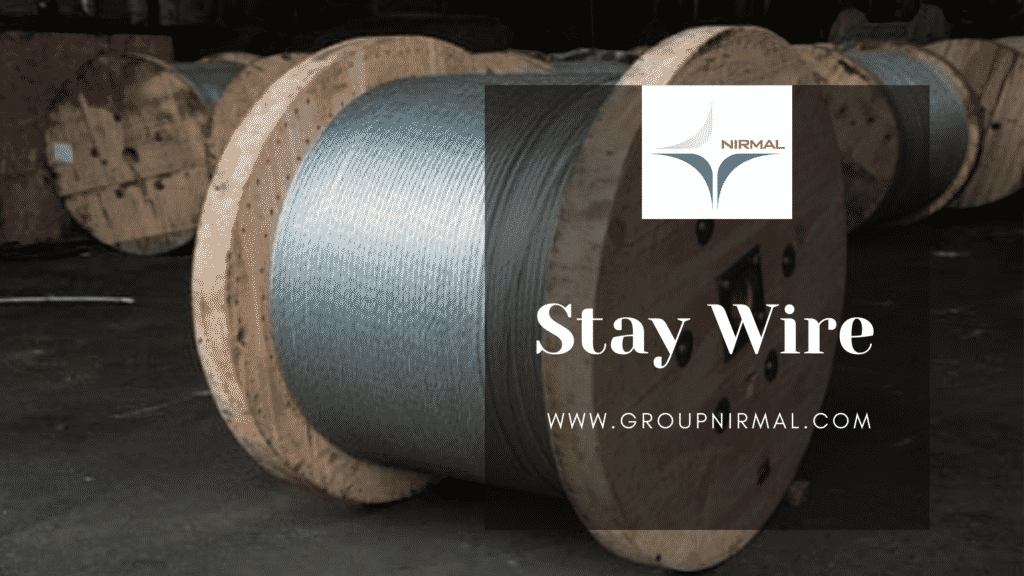Metal and corrosion will always find their way to each other, eventually leading to the latter destroying the former. One of the best prevention against this process is the galvanizing process, used widely in many forms of metal objects, like street signs or metal objects used in large construction projects.
Galvanized items or objects have a silver coating on them, which is a zinc coating that offers anti-corrosion properties. Without this protection, there is no way for oxidation and corrosion to be imminent.
What is Hot Dip Galvanizing
Hot-dip galvanizing works for both external and internal surfaces and have the ability to self-repair when damaged. This galvanizing method involves dipping base metal into the molten zinc.
Hot-Dip Process
The hot-dip process involves three major steps.
Surface Preparation: This step involves the proper cleaning of the metal before the hot bath because an unclean surface will fail to hold the zinc coating, thereby failing to protect the steel for expected years. Zinc will not react unless the metal is clean because it reacts with the metal surface and not the impurities. This process includes sub-steps, including degreasing, pickling, and fluxing.
Galvanizing: The next process involves the clean steel dipped into the molten zinc which has 98% pure zinc, molten at a minimum of 815°F(435°C). The zinc will react with the iron available in steel and form a series of layers which is protective against corrosion.
Inspection: The inspection process is for checking whether the coating is good in quality, thickness, and in adhering to ASTM standards.
Hot Dip Advantages
- Metals don’t require maintenance for at least up to the next 50 years.
- Economical
- Quick process
- Can cover complex shapes of objects
- Environmentally sustainable process
What is Cold Dip Galvanizing
Cold dip galvanizing involves zinc coating through zinc-rich paints, which can be done with the help of brushes, spray guns, rollers, electro-galvanizing, etc. The paint contains a binding
compound that helps in the mechanical bonding of the paint and steel to create a proper protection layer against corrosion.
Cold Dip Process
The cold dip process is generally a painting process and doesn’t require as much preparation as hot-dip galvanization. But the starting of the preparation is similar- the metal base needs to be clean and dry. Initially, wire brushes can be used for rust removal, but eventually, grease, dirt, or other organic compounds must be removed as well. After the surface is clean, zinc coatings will be applied as needed.
Cold Dip Advantages
- You can have control over rust-thickness
- Minimal preparation of the object
- Offers weldability
- Can be retouched with extra coating as and when needed
Differential Points: Thickness, Colors, Pricing
Thickness
- Hot Dip: Hot-dip coating is a bit thicker and can be 30-80 um. This is why it offers a long service life.
- Cold Dip: Cold dip galvanizing has a smooth, uniform, and thinner coating as compared to hop-dip coating.
Colors
- Hot Dip: Hot-dip galvanized wires or galvanized steel wires will have a silver-white shading.
- Cold Dip: Cold dip galvanized wires will have a yellowish-green hue to them.
Pricing
- Hot Dip: Since hot-dip requires more zinc and offers longer life services, it is certainly on the costlier side.
- Cold Dip: Cold Dip is comparatively cheaper than hot-dip because the coating here is thinner unless the extra coating is required.
Conclusion
Many manufacturing companies like Group Nirmal manufacture GI wires with a long life expectancy. Being a GI wire manufacturer, the company’s state-of-the-art machinery for carrying out both hot-dip and cold dip galvanization processes at maximum quality works at its best.




